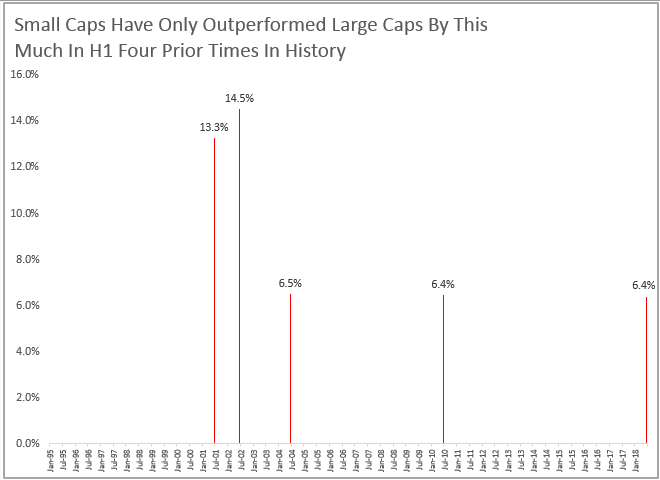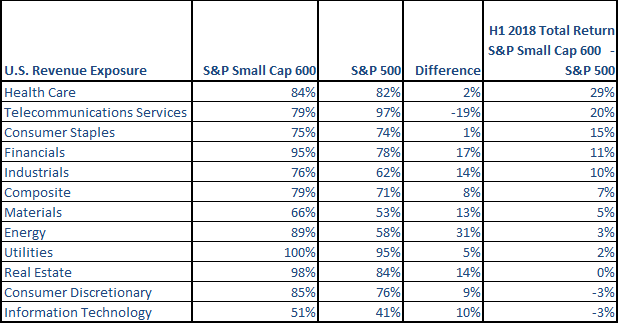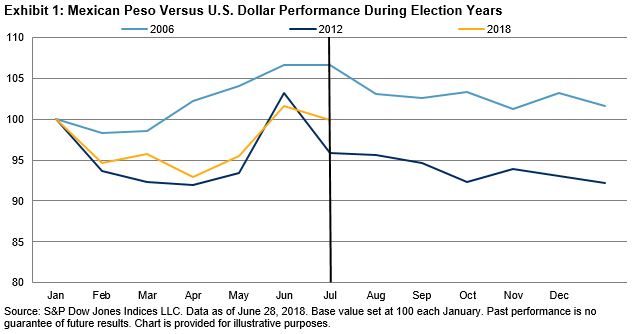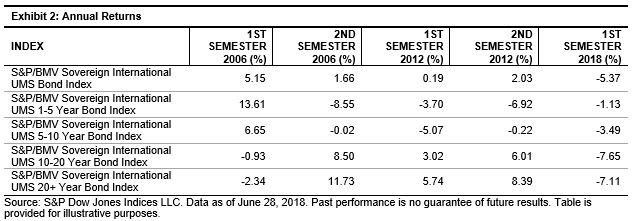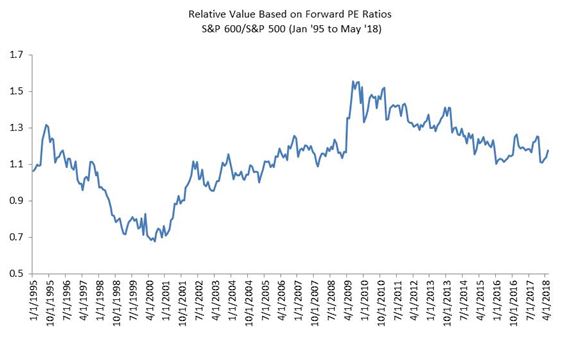The world’s most prestigious cycling race, the Tour de France, begins tomorrow. The tour lasts three weeks and comprises a series of one-day stages. Although the main prize – the yellow jersey – is awarded to the rider that takes the minimum amount of time to complete the entire tour, there are plenty of races (and prizes) up for grabs along the way. Some cyclists aim to prove themselves as the best sprinter, while others hope to wear the polka-dot jersey awarded to the “King of the Mountains” – the fastest cyclist over the tour’s stages in the Alps, Pyrenees, and the Massif Central.
Each rider’s particular talents are important in determining the stages to which their style of racing is most suited. However, not all talents are rewarded equally: one of the interesting facts about the Tour de France is that the yellow jersey is typically captured by a rider who excels in the mountainous stages. This is because – generally speaking – there is a greater degree of variation in completion times in the mountain stages than the sprint stages. Since the overall winner is based on the total time, outperformance in the mountain stages is more valuable than outperformance on the flats, even though there are more of the latter. Said differently, the greater dispersion in rider’s times during the mountain stages mean the rewards to outperformance are higher compared to stages when everyone sprints at similar speeds to a bunched finish.
The relative value of sprinting and mountain-climbing in the Tour de France has analogies in financial markets. Over time, investors will encounter calm, smooth gains in some periods, and more challenging, volatile returns in others. Extending the analogy further, just as performance in the mountainous stages often determines the yellow jersey, the performance of equity portfolios during the most volatile periods goes a long way in determining long-term returns, because there are typically greater differences between the relative winners and losers during periods of elevated volatility.
As we showed in our recent practitioner’s guide, low volatility indices tend to underperform in less volatile, rising markets and outperform in more volatile, falling markets. The table below summarizes this empirically through the monthly “capture ratios” for a number of our low volatility indices. Each monthly downside capture ratio is less than one, meaning the low volatility indices were typically better insulated in months when their benchmark fell. The higher upside capture ratios indicate that the low volatility indices stayed closer to the pack when the benchmark rose.
Exhibit 1: Low Volatility Indices Have Provided Downside Protection And Upside Participation

Source: “Low Volatility: A Practitioner’s Guide”; Edwards, Lazzara & Preston (2018), S&P Dow Jones Indices LLC. Data based on monthly total returns from January 2001 to April 2018. Past performance is no guarantee of future results. Table is provided for illustrative purposes and reflects hypothetical historical performance.
Just as the race for King of the Mountains is a key determinant of who takes home the yellow jersey, the pattern of upside participation and downside protection offered by low volatility indices can help to explain how many of them have recorded market-beating performance in the longer term, historically. And in a year when momentum, growth and information technology have dominated headlines, low volatility may presently offer a way to avoid a crowded finish.
The posts on this blog are opinions, not advice. Please read our Disclaimers.




